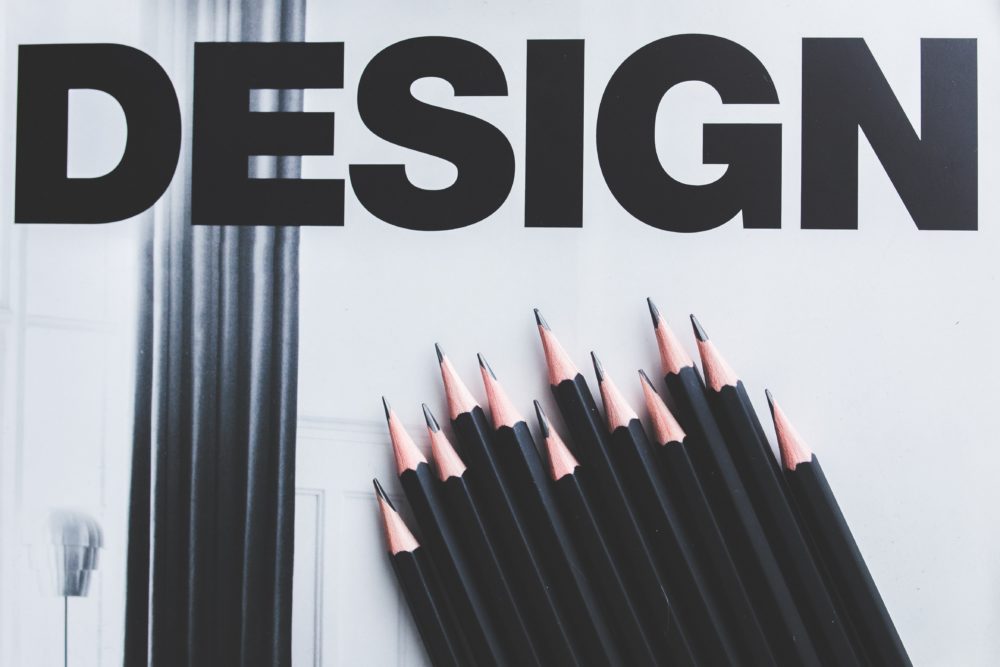
Typography: Typeface Affects Design
When it comes to marketing and design, even the smallest detail matters. Whether it’s website design, logo design or creating brochures and business cards, typography is extremely important and choosing the right typeface can make all the difference for any project. With all the different fonts to choose from, it may be a little overwhelming to figure out which one is best for you. Understanding the principles of the different styles is essential when choosing the typeface that will optimize the desired effect. Here is some insight into several of the major categories of typeface styles and their characteristics.
Serif Fonts

A serif is the line at the end of a stroke on letters of certain typefaces. Serifs have been a part of writing since its inception and are usually associated with old style lettering inspired by calligraphy. Books were once painstakingly written by hand in Gothic style print, known today as Blackletter or Old English font. Johannes Gutenberg’s original typeface used in his invention of the movable type press was based off of this style and was used to mass produce books such as the Bible. There are several subcategories of serif fonts: humanist, old style, transitional, modern and slab.
Some serif fonts you are probably familiar with include Times New Roman, Georgia and Garamond.
Serif fonts are best used for printed material because they make letters more legible and cause your eyes less fatigue because serifs are meant to smoothly guide your eye from one letter to the next.
Sans-Serif Fonts

Sans-serif fonts are characterized by having no serifs and very limited variation in stroke size. The first sans-serif font appeared in 1816 and spread quickly with the Sans Serif and Grotesque typefaces. It seems like a small change, the removal of the dashes on the ends of individual letters, but it was a huge step in modernizing typeface and created an entirely new style which would eventually lead to thousands of new fonts. Subcategories for sans-serif fonts include grotesque, neo-grotesque, humanist and geometric.
Sans-serif fonts are best for use on screens because serif letters can be hard to distinguish on low resolution screens. Their limited ornamentation makes sans-serif fonts easier to read on screens especially with large chunks of text. Sans-serif fonts are also better for smaller print and for young children learning to read.
The most used font of all graphic design is the sans-serif Helvetica which is renowned for it’s versatility, simplicity and aesthetic. Other popular examples include Futura, Arial, Verdana, Century Gothic and Univers(our graphic designer’s personal favorite).
Old Style Fonts

Old style typeface emulates traditional forms of writing, especially those that were handwritten using ink and a feather quill. This elegant typeface style is characterized with curved strokes, an offset axis and angled serifs. There is usually small contrast between thin and thick strokes. Old style fonts often include numerals of varying heights and alignments and are therefore often used for addresses, times, prices, etc.
Garamond, Times New Roman, Minion Pro and Goudy Old Style are examples of old style fonts.
Modern Fonts

Also called Didone fonts, these fashionable fonts are from the 18th century and have characteristics such as high contrast of thin and thick strokes, vertical axis and “abrupt” serifs that are not bracketed.
Modern typefaces are best used for large print because they are so eye-catching. It’s probably not a good idea to use this typeface for body text as the high contrast between thick and thin lines can cause an effect where only the thick lines appear visible and the thin lines disappear.
Examples of modern fonts include Didot, Bodoni (the combination of these two created the term Didone) and Walbaum.
Scripts

Scripts are fonts that imitate handwriting, but instead of printed letters they have fluid strokes similar to cursive writing. There are both formal scripts and causal scripts. Formal script is based off the immaculate and elegant letterforms from the 17th and 18th centuries. In general terms, script fonts should be avoided in most graphic design projects. Scripts are predominantly used for formal invitations and announcements like weddings or greeting and holiday cards. The main drawback to script fonts is their more difficult readability, so you probably don’t want to use a script, let alone a formal one, for a logo, header or even subheader.

Casual scripts are much more, well, casual and are probably closer to what the average person’s handwriting looks like. Casual typeface was used widely in advertising from the 1950’s to the 1970’s in order to market a laid back and relatable look.
Choosing a typeface should be done carefully and as a part of a well-thought-out process. It’s all about how you want your customers to react to your brand, and a font is just as important as the color, graphics and content of whatever you are designing. Typography is both an art and a science, and here at Ruby Porter Marketing & Design, we have the tools and the knowledge to help you with all your marketing and design needs!



